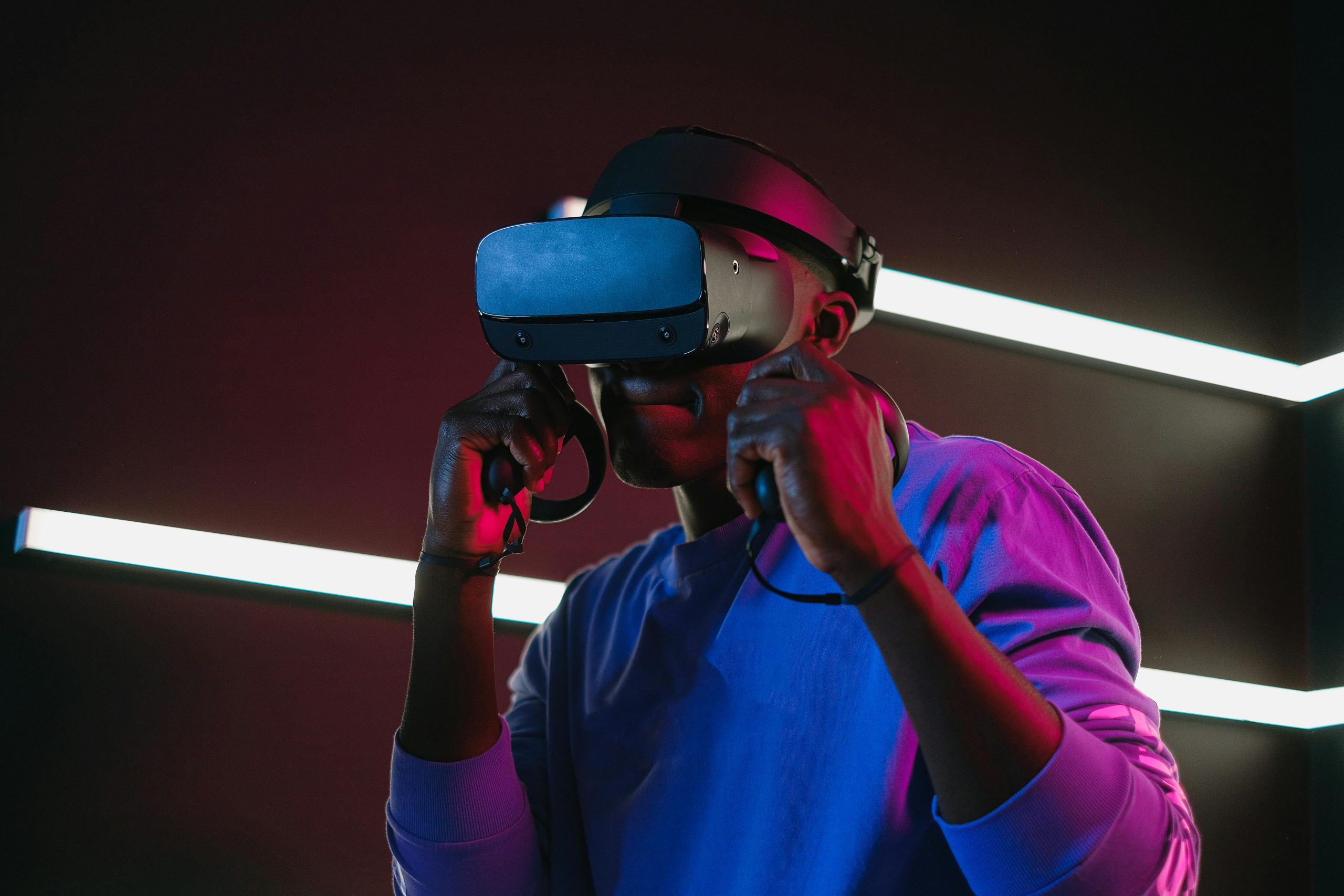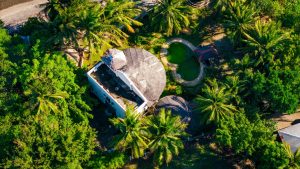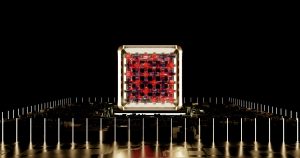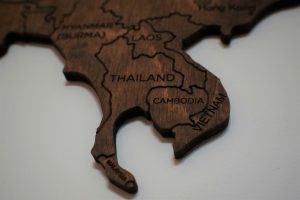Holographic Neighbors: Digital Avatars in Mixed-Reality Resorts
Welcome to the world of mixed-reality resorts, where holographic neighbors are not just a concept of the future, but a reality of the present. With the advancement of technology, creating digital avatars and incorporating them into physical environments is now possible. This new trend in the hospitality industry is pushing boundaries and transforming the way we vacation. In this article, we will take a closer look at the concept of holographic neighbors and how they are being used in mixed-reality resorts.
The Rise of Mixed-Reality Resorts
Mixed-reality resorts are a fusion of virtual and physical elements, creating a fully immersive experience for guests. It combines the convenience and comfort of traditional resorts with the excitement and possibilities of virtual reality. This emerging trend in the hospitality industry is gaining popularity among travelers who are seeking unique and unforgettable experiences.
One of the main attractions of mixed-reality resorts is the use of holographic neighbors. These digital avatars are virtual representations of real people, and they interact with guests in a simulated environment. This allows guests to engage with people from different parts of the world without leaving the resort. It also offers a sense of novelty and excitement, making it a popular choice for both leisure and business travelers.
The Technology Behind Holographic Neighbors
The technology behind holographic neighbors is a combination of virtual and augmented reality. It involves the use of specialized devices, such as headsets and gloves, to create an immersive and interactive experience. These devices use sensors and cameras to track movements and gestures of guests, allowing them to interact with their surroundings in real-time.
The digital avatars are created using motion capture technology, where real people are filmed while performing actions and their movements are translated into digital characters. This creates a realistic and dynamic interaction between the guests and their holographic neighbors. In some cases, the avatars are pre-programmed with specific behaviors and responses, giving guests a unique and personalized experience.
Applications of Holographic Neighbors in Mixed-Reality Resorts
Virtual Concierge Services
One of the main uses of holographic neighbors in mixed-reality resorts is for virtual concierge services. Guests can interact with the avatars to get information about the resort, make reservations, and get recommendations for activities and dining options. This allows for a more efficient and personalized service, as the avatars can answer guests’ questions and fulfill their requests in real-time.
Entertainment and Activities
Holographic neighbors also play a significant role in providing entertainment and activities for guests in mixed-reality resorts. For example, guests can participate in virtual sports, dance with digital avatars, or even attend a concert featuring holographic performers. This adds a unique and immersive aspect to the overall resort experience and offers guests a wide range of activities to choose from.
Virtual Networking and Business Meetings
Business travelers can use the technology of holographic neighbors to attend virtual meetings and network with clients and colleagues from different parts of the world. This eliminates the need for physical travel, saving time and costs while still allowing for face-to-face interactions. It also opens up new possibilities for remote work and collaborations between companies and industries.
The Future of Holographic Neighbors in the Hospitality Industry
The use of holographic neighbors in mixed-reality resorts is just the beginning. As technology continues to advance, we can expect to see more developments and applications in the hospitality industry. It is predicted that holographic neighbors will become more lifelike, making it difficult to distinguish between the real and virtual world. This will further enhance the immersive experience for guests and open up endless possibilities for the future of travel and hospitality.
In conclusion, holographic neighbors in mixed-reality resorts are transforming the way we vacation and interact with our surroundings. The technology behind it offers a unique and immersive experience for guests, making it a popular choice for travelers. With the increasing demand for more personalized and innovative experiences, it is safe to say that we can expect to see more of holographic neighbors in the future of the hospitality industry.











